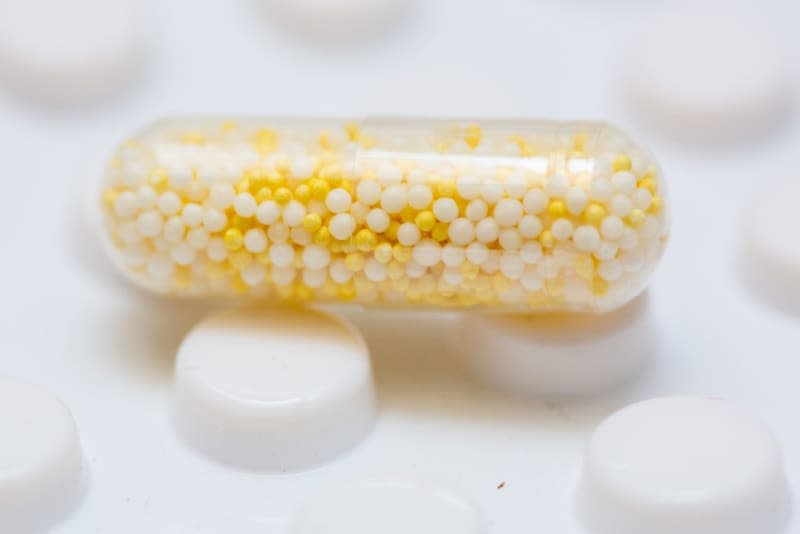Nocebo effect: When patients worry too much about side effects

Fatigue, palpitations, shortness of breath ... and on it goes. The list of possible side effects in a medication package insert can be unsettling. So can a preoperative consultation, when the surgeon informs you of all the risks.
The problem is that many patients become fixated on potential complications or adverse reactions - which then may occur for no physiological reason, but because of negative expectations. Doctors call this the nocebo effect, the reverse of the placebo effect whereby expectation of a positive outcome increases the effectiveness of a medication or treatment.
The effects are apparently much greater than has long been thought, according to experts who gathered recently at the 4th International Conference of the Society for Interdisciplinary Placebo Studies (SIPS) in Duisburg, Germany. Their findings can help to improve medical care by having doctors communicate differently with patients.
"Placebo and nocebo effects aren't merely imagined. We know that very complex neurobiological phenomena occur," says Dr Ulrike Bingel, a professor of neurology and head of the Centre for Pain Medicine at Essen University Hospital in Germany.
For this reason, she says, preoperative consultations and medication package inserts focusing mainly on risks are problematic.
"A package insert is a three-page summary of 'death and ruin,'" says Bingel. "But the therapeutic effects targeted in your special situation aren't mentioned at all."
In a study led by Ben Colagiuri, a professor and head of the School of Psychology at the University of Sydney, patients were informed about possible side effects of chemotherapy. One group was told that 30% of patients experienced nausea, and another that 70% didn't. The result? Fewer patients in the second group developed nausea.
Drawing on placebo research, doctors can now be trained how to bolster treatment by means of an empathetic bedside manner and positive communication, says Andrea Evers, a professor of psychology at Leiden University in the Netherlands.
"Taking the placebo and nocebo effects into account can be learned quickly," she says. When a medical worker says before giving you an injection, "This will only hurt for a moment," then hurt it will indeed. A few soothing words can make a big difference, according to Evers.
"In this way we can improve healthcare, help patients, and also reduce costs through more effective treatment."
Use of the placebo effect in conventional medicine, researchers emphasize, should always be only a beneficial adjunct to scientifically grounded treatment. This adjunct aspect is what they see as conventional medicine's key difference from homeopathy and other forms of alternative medicine.
Non-medical practitioners unquestionably do a lot of things right in how they deal with patients, for example take their time, incorporate rituals and inform well, acknowledges Bingel.
"These are all areas where we've got to ask ourselves: Have we lost them in [conventional] medicine?"
However, she adds, "Homeopathy is based on a mechanism-of-action model that doesn't exist in current scientific knowledge. Patients are deceived. And that's something we definitely don't want when we utilize the placebo effect in science-based medicine."
Bingel would like the right kind of communication with patients to be as integral a part of medical training as cardiopulmonary resuscitation. Progress in this area is slow though, she says.
"It's financially more advantageous for a doctor to do a further apparatus-based diagnostic procedure than to have an unhurried talk with a patient."
This needs to change, she says.
With respect to medications, Bingel recommends that the legally required package insert be supplemented by a patient information leaflet explaining in clear language how the medication works and, most importantly, spelling out its benefits.
In the long term, she says, the placebo effect could be taken into account when medications are still in the development phase. They ideally could be released with an individually customizable information packet, including a notice saying the medication works best in conjunction with a doctor's consultation.

